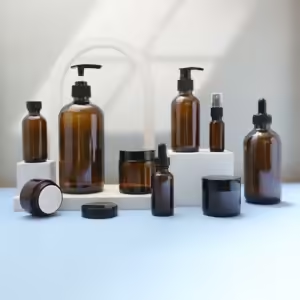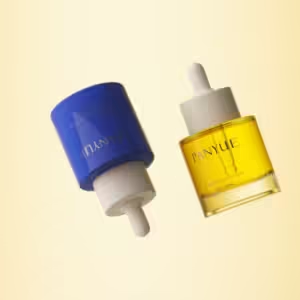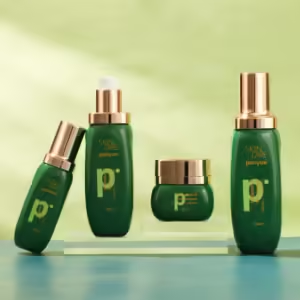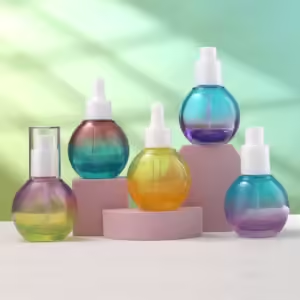Effective packaging is not just a protective shell for cosmetics but also an important component that significantly impacts brand identity and consumer perception. With the rapid development of the cosmetics industry and the growing demand for environmentally friendly products, the selection of packaging materials has become particularly important.
This article will explore the top five factors to consider when choosing cosmetic packaging materials to help brands make smart decisions that align with their values and consumer expectations.
Consider Material Types
When selecting the right cosmetic packaging material, understanding the various types of materials available is the first step. Each material has unique properties that impact the product’s shelf life, user experience, sustainability, and overall brand appeal. Below, we will explore the most commonly used packaging materials in the cosmetic industry, including glass, plastic, metal, and cardboard, along with a detailed comparison of their benefits and trade-offs.
Common Packaging Materials
Glass
- Overview: Glass is widely used for high-end cosmetic products due to its premium look and feel. It is chemically inert, making it ideal for formulations that require protection from contamination.
- Benefits: Glass is 100% recyclable, offers excellent protection from external factors, and preserves the product’s integrity.
- Common Uses: Often found in perfumes, serums, and luxury skincare items.
Plastic
- Overview: Plastic is the most versatile and widely used material in cosmetic packaging. It offers flexibility in design, is lightweight, and can be easily molded into various shapes and sizes.
- Benefits: Affordable and durable, plastic packaging is suitable for a wide range of cosmetic products. Innovations in bioplastics and recyclable plastics are also reducing its environmental impact.
- Common Uses: Plastic is commonly used for tubes, bottles, jars, and airless pumps.
Metal
- Overview: Metal, particularly aluminum, is often used in cosmetic packaging due to its durability and ability to protect sensitive formulations from light and air.
- Benefits: Metal is highly recyclable and offers excellent protection for the product. It’s also lightweight, making it an eco-friendly alternative to heavier materials.
- Common Uses: Often used in aerosol sprays, lip balms, and compact makeup cases.
Cardboard/Paperboard
- Overview: Cardboard or paperboard packaging is an eco-friendly option growing in popularity due to the increased demand for sustainable materials. It is often used as secondary packaging.
- Benefits: Lightweight, biodegradable, and recyclable, cardboard is a sustainable choice for brands focused on minimizing their environmental impact.
- Common Uses: Commonly used in outer packaging like boxes for creams, serums, and soaps.
Material Comparisons
To help you make an informed decision, let’s compare the key characteristics of each packaging material in terms of durability, weight, recyclability, and cost:
| Material | Durability | Weight | Recyclability | Cost |
| Glass | High | Heavy | 100% recyclable | High |
| Plastic | Moderate | Light | Recyclable (depending on type) | Low to Moderate |
| Metal | High | Light | 100% recyclable | Moderate |
| Cardboard | Low to Moderate | Very Light | 100% recyclable | Low |
Durability: Glass and metal offer superior durability, protecting the product from external factors. Plastic is moderately durable, while cardboard is less durable but suitable for secondary packaging.
Weight: Glass is the heaviest option, which can increase shipping costs, whereas plastic, metal, and cardboard are all lighter alternatives, making them more cost-effective for transportation.
Recyclability: Glass and metal stand out for their 100% recyclability. Plastic recyclability depends on the type used, with PET and HDPE being more environmentally friendly. Cardboard is biodegradable and easily recyclable.
Cost: Plastic tends to be the most cost-effective material, followed by cardboard. Glass and metal, while offering superior protection and aesthetic appeal, tend to be more expensive.
Each material offers a balance of cost, functionality, and sustainability. Your choice will depend on your brand’s values, product requirements, and target market.
Sustainability
As the demand for sustainable packaging solutions surges in the cosmetics industry, brands that use eco-friendly packaging not only benefit the environment but also build an eco-friendly brand image and establish a strong relationship with consumers. Below, we will explore the types of sustainable packaging, its benefits, and important certifications.
Eco-Friendly Packaging Options
Definition of Sustainable Packaging Sustainable packaging refers to materials and practices that minimize environmental impact throughout their lifecycle. This includes sourcing, production, transportation, use, and disposal. Key characteristics of sustainable packaging materials include:
- Recyclability: Materials that can be recycled and reprocessed into new products.
- Biodegradability: Materials that break down naturally in the environment, reducing landfill waste.
- Renewability: Sourced from renewable resources, such as plant-based materials.
- Reduced Carbon Footprint: Packaging that minimizes energy consumption and emissions during production and transportation.
Common Eco-Friendly Options
- Bioplastics: Made from renewable sources, such as corn or sugarcane, these plastics offer a more sustainable alternative to traditional petroleum-based plastics.
- Recycled Materials: Packaging made from post-consumer recycled content reduces waste and conserves resources.
- Glass and Metal: Both materials are highly recyclable and can be reused multiple times without loss of quality.
- Paper and Cardboard: Biodegradable and often sourced from sustainably managed forests, these materials are popular for secondary packaging.
Benefits of Sustainable Choices
Adopting sustainable packaging materials yields several benefits for brands:
Enhanced Brand Reputation: Companies that prioritize eco-friendly practices position themselves as responsible and forward-thinking, appealing to a growing demographic of environmentally conscious consumers.
Increased Consumer Loyalty: Brands that invest in sustainability often foster deeper emotional connections with consumers. Research indicates that 66% of global consumers are willing to pay more for sustainable products, demonstrating the potential for increased sales and loyalty.
Competitive Advantage: As the market shifts towards sustainability, brands that lead in eco-friendly packaging can differentiate themselves from competitors, gaining market share and customer preference.
Regulatory Compliance: With governments worldwide implementing stricter environmental regulations, adopting sustainable packaging can ensure compliance and mitigate potential legal risks.
Certifications and Labels
To help consumers identify sustainable packaging options, various certifications and labels are available. Here are some key certifications to consider:
| Certification | Description | Significance |
| FSC (Forest Stewardship Council) | Ensures products come from responsibly managed forests that provide environmental, social, and economic benefits. | Enhances credibility regarding sustainable sourcing. |
| GRS (Global Recycled Standard) | Certifies products containing recycled materials and verifies responsible social, environmental, and chemical practices. | Ensures transparency and accountability in sourcing recycled materials. |
| Cradle-to-Cradle Certified | Evaluates products based on their material health, recyclability, and renewable energy use. | Encourages a circular economy by promoting sustainable design. |
| Green Seal | Certifies products and packaging based on environmental and health criteria. | Signals to consumers that a product meets rigorous sustainability standards. |
These certifications not only assure consumers but also help brands communicate their commitment to sustainability effectively.
Cost Considerations
Cost is an important consideration when choosing cosmetic packaging, which affects not only the initial cost of the product, but also the overall profitability of your product.
Material type: Different materials (glass, plastic, metal) have different costs. Glass is generally more expensive than plastic, and bioplastics may also have a premium.
Production volume: Bulk purchasing reduces unit costs through economies of scale.
Customization: Customized packaging will incur higher costs, but can enhance brand appeal.
Branding and Aesthetics
In the competitive cosmetics industry, packaging serves as more than just a protective layer for products; it plays a vital role in branding and aesthetics. Thoughtfully designed packaging can communicate brand values, attract target demographics, and influence consumer choices.
Role of Packaging in Brand Identity
Packaging is a powerful tool for conveying brand identity. The materials and design choices reflect the brand’s core values and mission, which can resonate with consumers.
Brand Values: Eco-friendly packaging materials indicate a commitment to sustainability, appealing to environmentally conscious consumers. In contrast, luxurious materials like glass or metal can convey exclusivity and high quality.
Target Demographics: Different demographic groups respond to various packaging styles. For instance, youthful brands may opt for vibrant colors and playful designs, while premium brands often use minimalist, elegant packaging to attract a sophisticated audience.
Brands that align their packaging with their core values and target audience are more likely to foster customer loyalty and drive sales.
Design Elements
The design elements of packaging—such as color, texture, and shape—play a crucial role in influencing consumer choices.
Colors: Colors evoke emotions and can significantly impact purchasing decisions. For example, blue often conveys trust and reliability, while green suggests eco-friendliness. Brands must carefully choose colors that align with their message.
Textures: The tactile experience of packaging can enhance perceived value. Textured finishes can create a sense of luxury, while smooth, sleek packaging may appeal to modern aesthetics.
Shapes: Unique packaging shapes can attract attention on shelves and enhance functionality. For example, ergonomic designs that are easy to hold can improve user experience, while distinctive shapes can help a product stand out.
Durability and Safety
Durable packaging is essential for maintaining product shelf life and ensuring customer satisfaction in the cosmetics industry. Strong packaging protects against environmental factors like air and moisture, preventing contamination and extending product longevity. Additionally, consumers expect products to arrive intact, and durable packaging enhances their experience, fostering brand loyalty. Safety is equally important; using BPA-free, non-toxic materials is crucial to protect consumers from harmful chemicals. Compliance with regulations, such as REACH in the EU and FDA guidelines in the US, ensures that packaging meets safety standards.
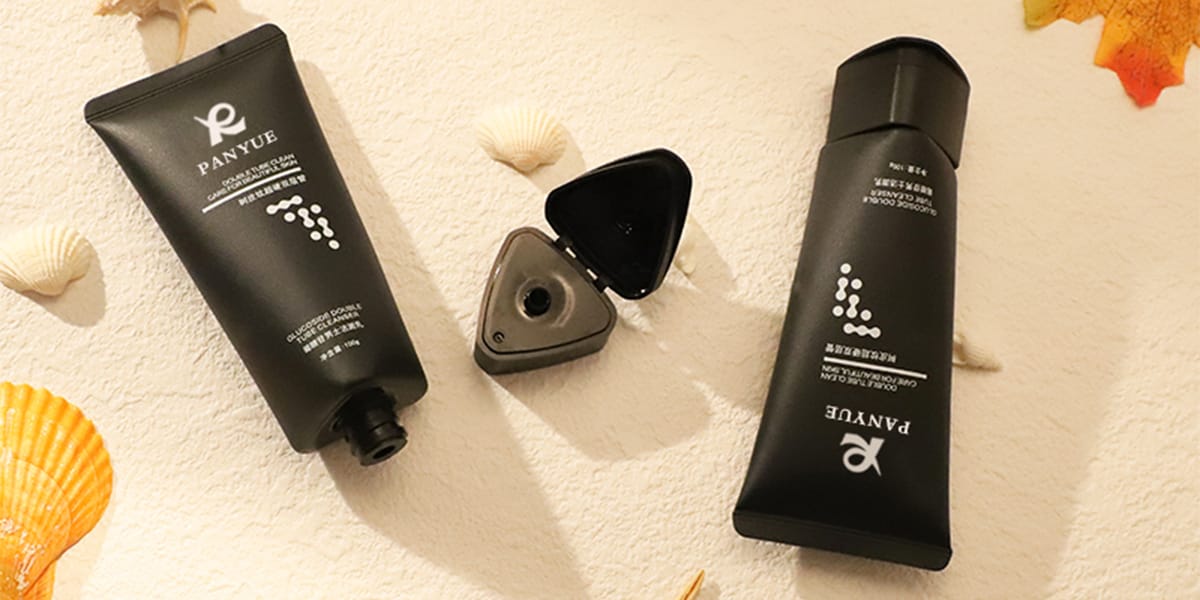
Are you looking for a professional cosmetic packaging solution team? Panyuepack is your ideal partner. As a trusted cosmetic packaging manufacturer with over 18 years of industry experience, we are committed to providing customized, high-quality packaging that matches your brand image and values.
Click here to work with us to make your products impress consumers through personalized packaging.


